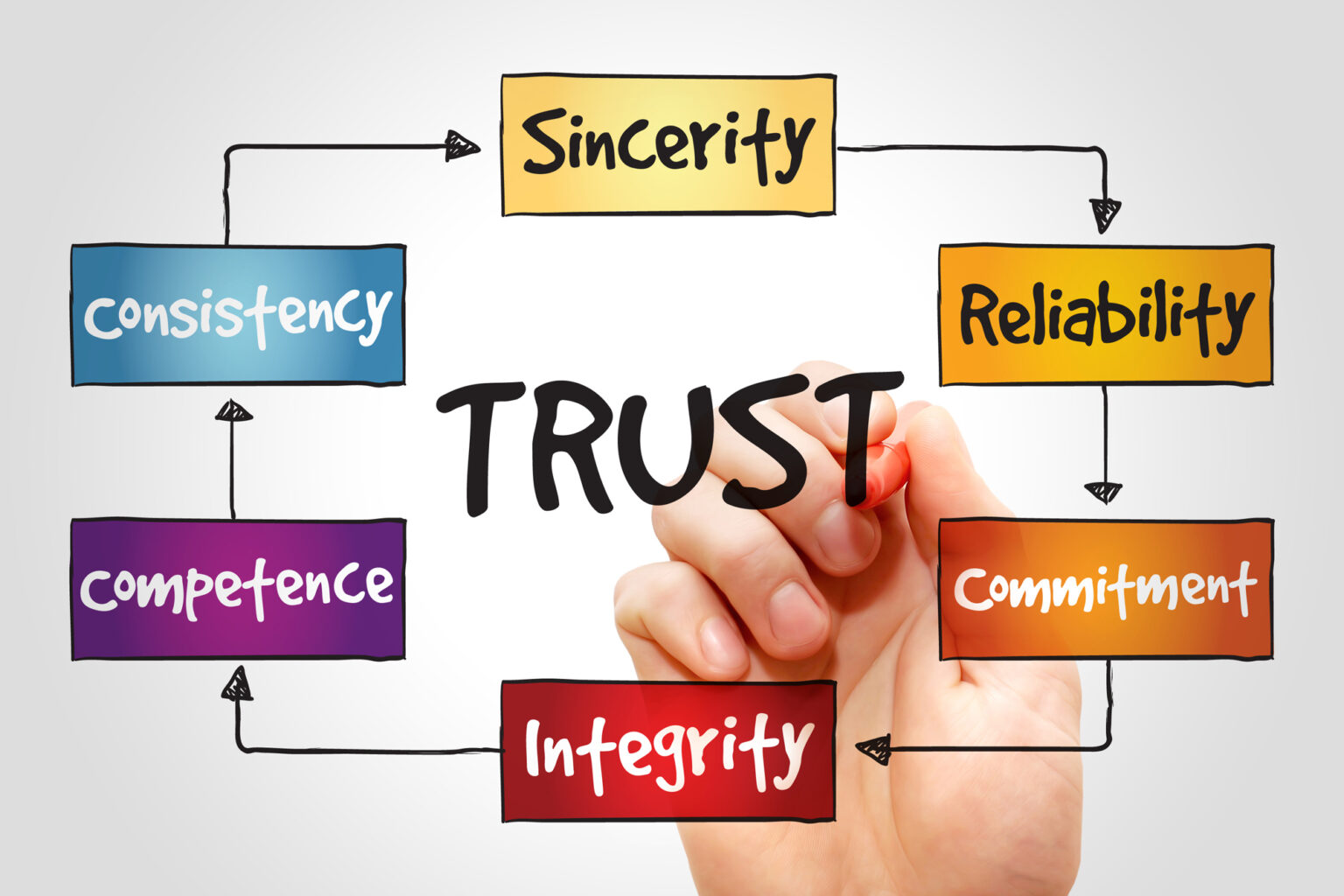How To Create a Strong Value Proposition for Your Brand
Post Created By Eric Burton | July 21, 2024
For a business of any size, learning how to describe or speak about the specific benefits of a product or service helps consumers better understand its offerings. As a business owner, if you’ve ever had trouble identifying or expressing what sets you apart from competitors with similar qualities, this guide will help you create a value proposition that clarifies your identity and allows your business to resonate and entice customers.
Why Differentiation Matters:
Table of Contents
What is a Value Proposition?
Definition And Importance
Why Your Brand Needs a Strong Value Proposition
A compelling value proposition opens the door to four powerful advantages that help your business:
- Easily express the benefits of your product or service.
- Attract customers based on their specific needs.
- Align your marketing with your brand’s core values. Beat out competitors.

Step One: Identifying Customer Segments
Understanding Your Target Audience
The first and most crucial step in creating an effective value proposition for your business is understanding your consumers and how your business can group them into smaller, more manageable segments.
This process is called customer segmentation. It organizes customers into specific tribes based on shared traits and characteristics, allowing businesses to refine strategies and messaging to target them more effectively.
In this step, you’ll want to learn about your consumers thoroughly enough to pinpoint their specific needs. This means that the research you’ll gather should provide critical details that will help you understand a consumer’s habits, lifestyle choices, personal needs, demographics, and geographic location. Familiarizing yourself in this way allows your business to craft a proposition focused on the products and services that better align with their purchasing decisions. Here are two examples of consumer segments a business might target:
Consumer Profile 1:
The Health-Conscious Professional
Name: Stephanie Williams
Age: 30-45 years old
Education: College degree or higher
Income: $75,000 – $150,000 annually
Location: Urban or suburban areas
Occupation: Professional (managers, executives, or entrepreneurs)
Goals and Objectives:
- Maintain a healthy and balanced lifestyle
- Prioritize quality over quantity in food choices
- Stay informed about health and wellness trends
- Seek out products that align with their values (e.g., sustainability, organic, ethical sourcing)
Pain Points
- Finding high-quality, truly organic products amidst misleading marketing
- Balancing a busy professional life with healthy living
- Justifying the higher cost of premium products
- Navigating the overwhelming amount of health information and choices/p>
Behavior and Lifestyle
- Shops at premium grocery stores (e.g., Whole Foods, Trader Joe’s)
- Frequently reads health and wellness blogs, magazines, and follows influencers
- Regularly exercises and may have a gym membership or personal trainer
- Values experiences over material possessions
- Participates in wellness activities such as yoga, meditation, and mindfulness practices
- Prefers sustainable and eco-friendly products and brands
Consumer Profile 2:
The Eco-Conscious Millennial
Name: Bernard Michaels
Age: 25-35 years old
Education: College degree
Income:$50,000 – $90,000 annually
Location: Urban areas
Occupation: Creative professionals, educators, nonprofit workers
Goals and Objectives
- Support sustainable and ethical brands
- Reduce environmental footprint
- Lead a lifestyle that aligns with personal values of sustainability and ethical consumption
- Seek out unique and high-quality products that offer a story or experience
Pain Points
- Higher costs of sustainable and organic products
- Limited availability of truly sustainable options
- Skepticism towards brands’ greenwashing tactics
- Balancing budget with desire for premium products
Behavior and Lifestyle
- Frequently shops at farmers’ markets and local co-ops
- Active on social media platforms focusing on sustainability and ethical living
- Enjoys outdoor activities such as hiking, biking, and camping
- Prefers brands with a strong commitment to social and environmental causes
- Values minimalism and tends to make thoughtful, intentional purchases
Step Two: Conducting Market Research
Market research is a key tool in understanding your target audience’s behavior and psychology, such as their preferences, pain points, and buying habits. Online surveys, focus groups, and social media are the best tools to gather these insights and understand what drives them to make a purchase.
Additionally, you’ll need to analyze your industry, market dynamics, and your competitors. Doing so will mitigate the risk of providing an offering that doesn’t resonate with your target audience. Answering the following questions will give you a good sense of your market:
- Market Demand: Is there a desire for your product or service?
- Market Size: How many people would be interested in your offering?
- Economic Indicators: What is the income range and employment rate?
- Location: Where do your customers live, and where can your business reach?
- Market Saturation: How many similar options are already available to consumers?
- Pricing: What do potential customers pay for these alternatives?
Step Three: Create Your Value Proposition
Crafting Your Value Proposition
Five Components of a Strong Value Proposition
Example Value Proposition
Coca Cola:
“Refreshing the world, one story at a time.”
This value proposition encapsulates the brand’s commitment to providing refreshing beverages that bring moments of happiness and enjoyment to people’s lives. The brand aims to connect to consumers’ emotions, emphasizing the experiences and memories created by sharing a Coke.